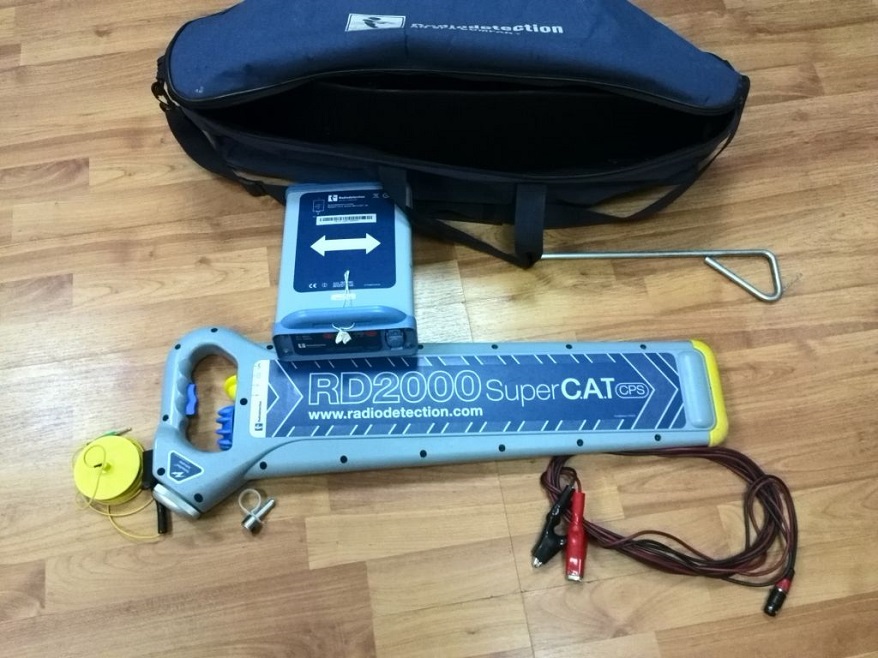Underground locators were introduced approximately 40 years ago. Their main function was to find buried gas, water or the sewer lines. With technology advancing telecommunications cables are integrated within the locators making them even more complex. Particularly, thought, today's underground cable service locator depends on the same technology that was used 40 years ago.
Anatomy of underground cable service locator
Since its creations, the cable service locators was generally made of two parts – a transmitter and a receiver. The transmitter emits an electrical signal onto the cable and the receiver obtains the signal, giving the operator to find the source and the path of the signal so he can find the malfunction inside the system.
The transmitter creates an electromagnetic field with already set parameters, depending on the type of conductor used in the cable. It is important to keep one thing in mind, if you start from the lowest frequency, and there is nothing wrong with it, do not change it because lower frequencies bleed slowly and save the longevity of the conductor that is attached to them.
While the fundamentals of technology remain the same, the technology behind signal transferring inside the cable has changed a lot. Not only passive signals, who do not need any use of transmitters, the three most used methods of transferring signals are direct-connect, inductive coupling and general induction. The inductive coupling method works that way when the cable is grounded to created complete circuit path. The direct-connect method allows you to connect the transmitter physical to the cable. If you attached it directly and you encounter a problem with the signal then you have to change the cable service locator to inductive coupling.
Although with inductive coupling you cannot directly connect the cable to the transmitters, it gives a greater level of conductivity than the general induction, it provides a higher level of confidence than does general induction.
When there is digging in an area of cables, the need for a receiver to provide an accurate estimate has become very important, so architects must know the depth so they can avoid unnecessary damage, liability from that kind of damage can be disastrous.
To have extra features, you need to pay more for locators, which the price range from $500 to more than $10,000. Cable service locators are designed to locate deeply buried pipes such those for water and gas will be more expensive than the ones that are used for telecommunications.
The transmitter creates an electromagnetic field with already set parameters, depending on the type of conductor used in the cable. It is important to keep one thing in mind, if you start from the lowest frequency, and there is nothing wrong with it, do not change it because lower frequencies bleed slowly and save the longevity of the conductor that is attached to them.
While the fundamentals of technology remain the same, the technology behind signal transferring inside the cable has changed a lot. Not only passive signals, who do not need any use of transmitters, the three most used methods of transferring signals are direct-connect, inductive coupling and general induction. The inductive coupling method works that way when the cable is grounded to created complete circuit path. The direct-connect method allows you to connect the transmitter physical to the cable. If you attached it directly and you encounter a problem with the signal then you have to change the cable service locator to inductive coupling.
Although with inductive coupling you cannot directly connect the cable to the transmitters, it gives a greater level of conductivity than the general induction, it provides a higher level of confidence than does general induction.
When there is digging in an area of cables, the need for a receiver to provide an accurate estimate has become very important, so architects must know the depth so they can avoid unnecessary damage, liability from that kind of damage can be disastrous.
To have extra features, you need to pay more for locators, which the price range from $500 to more than $10,000. Cable service locators are designed to locate deeply buried pipes such those for water and gas will be more expensive than the ones that are used for telecommunications.

